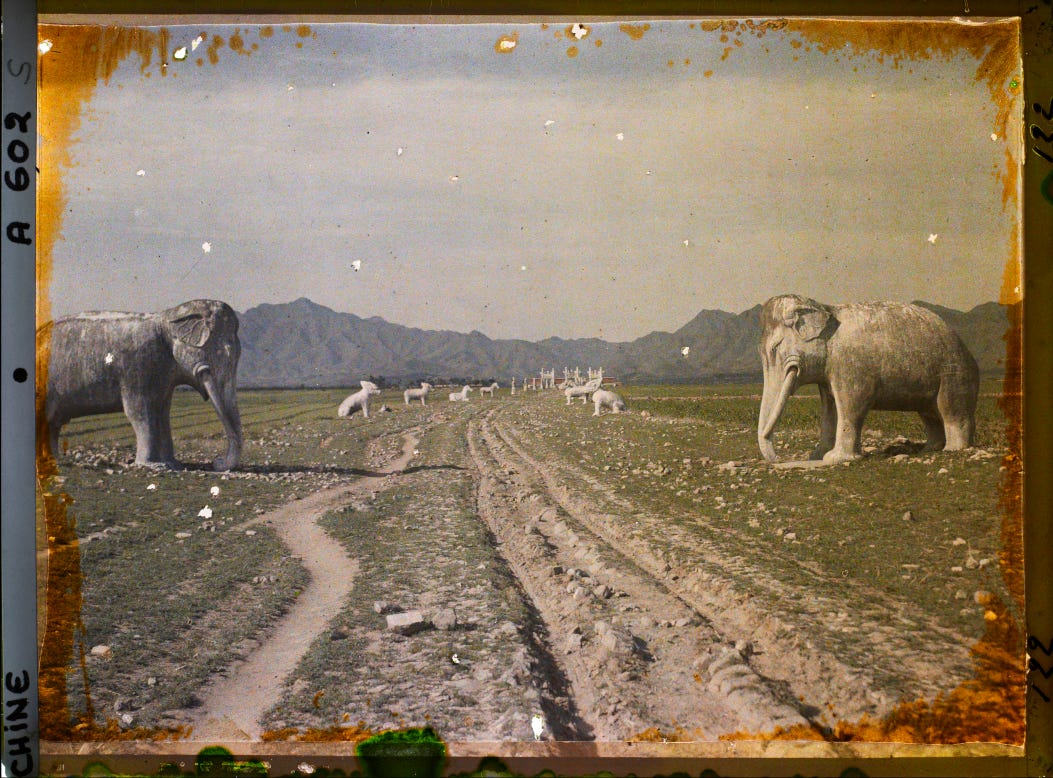
A Deep Dive into Autonomous Intelligence

A Deep Dive into Autonomous Intelligence

Die städtischen Unruhen, die im Februar des Jahres 387 die Stadt Antiochia erschütterten und bei denen die Standbilder der kaiserlichen Familie zerstört wurden, gehören zu den bekanntesten Aufständen der Spätantike. Zur Bekanntheit beigetragen hat die Predigtreihe, die der antiochenische Priester Johannes Chrysostomos nach den Ereignissen hielt – die sogenannten Säulenhomilien.
Es gibt einen neuen Meilenstein der Förderung der Open-Access-Transformation auf der Ebene der Bundesländer. Denn im Juli legte das Land Mecklenburg-Vorpommern eine eigene landesbezogene „Open-Access-Strategie für Wissenschaft und Forschung in Mecklenburg-Vorpommern“ vor, in der Open Access als „eine zentrale Säule der digitalen Transformation der Hochschulen und von Wissenschaft und Forschung insgesamt“ verstanden wird.

I’ve written a lot about Ollama here. Ollama lets you run open-weight models like Llama, Gemma, Mistral, Qwen, DeepSeek, etc. on your own computer. You don’t have to pay for a frontier model like ChatGPT, Claude, or Gemini, and all the inputs and outputs stay on your computer, minimizing any privacy and security concerns. Until recently Ollama was a command-line only tool.

When we study societal collapse, we typically examine it through the lens of elites. Using the records and remains left by emperors, nobles, and the literate classes who had the most to lose when their world ended. But what if we’ve been asking the wrong question all along? After years of reviewing collapse literature ranging from quantitative databases like Seshat to case studies spanning millennia, certain patterns emerge again and again.
Mike Taylor wrote up a post about the various things a journal article is doing, the first being a scientific report . We put a lot of money in establishing a scientific track record. In the past 30 years how we publish our research and how we archive it has changed significantly. If you read my blog more often, you know I have been critical of the performance of many publishers.

I recently saw a video recording of the Irish President Michael Higgins calling for intervention under the United Nations Charter: This sounds incredibly convincing as it invokes both emotion and procedural expertise. I want to jump on social media and say there is a viable, legal way to aid the people in Gaza using the UN Charter. Anything to circumvent the Israeli State's siege and starvation of Gaza.

I liked Steve Krouse’s essay, “Vibe code is legacy code.” It helped crystalize some half-baked thoughts I have on vibe coding. Here’s an excerpt.Subscribe now Maintainability and vibe are inversely correlated I’ve been using GitHub copilot and chatbots for code for years, and I’ve written about them a lot here.

There’s something quietly radical about the idea that a junior scientist—someone who’s never designed a CRISPR experiment before—can now walk into a wet lab and, on their very first attempt, edit the genome of a human cancer cell with precision and purpose.
The Genomic Standards Consortium (GSC) recently convened for the GSC25 meeting in Cambridge, UK. Bringing together leading researchers, data scientists, and genomics professionals from around the world. Held from July 28-August 1, GSC25 marked a significant milestone – celebrating two decades of advancing genomic data standards while charting the course for the next 20 years.
Today, our article “The entities enabling scientific fraud at scale are large, resilient, and growing rapidly” was published in PNAS . The article will only be fully open-access in six months (damn you, publishing fees), but I’ve made the PDF available here (you can download the supplementary materials on the PNAS page). I’ll use this blog post to summarize and opine (what I write here reflects my own thinking about this study